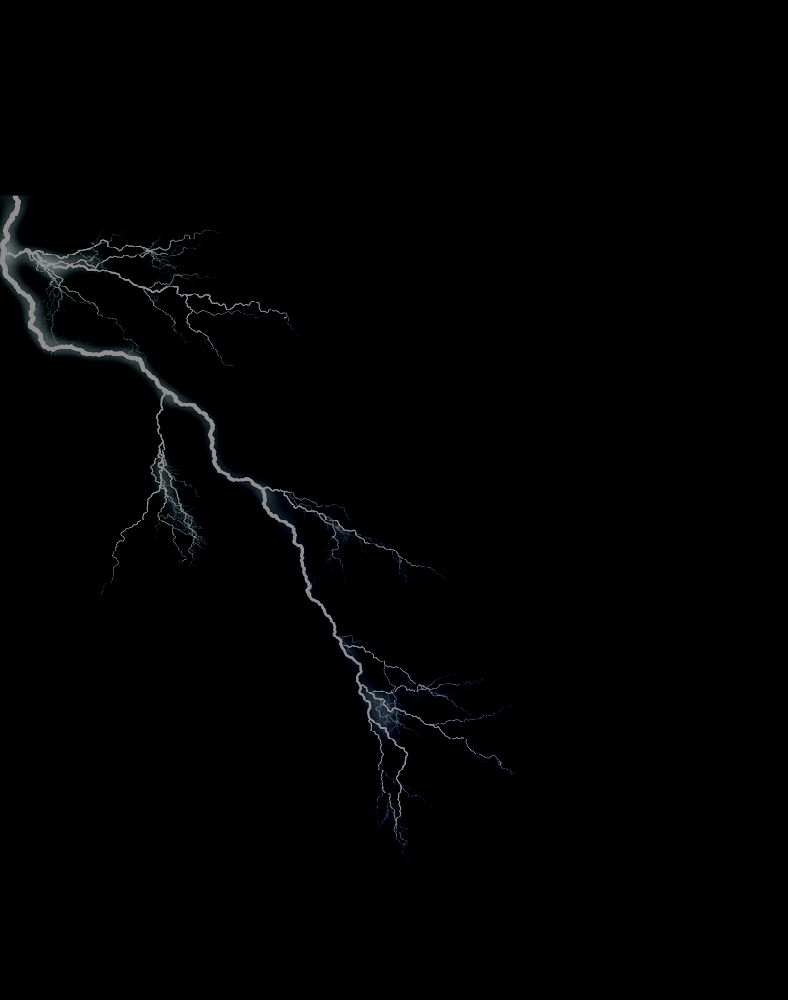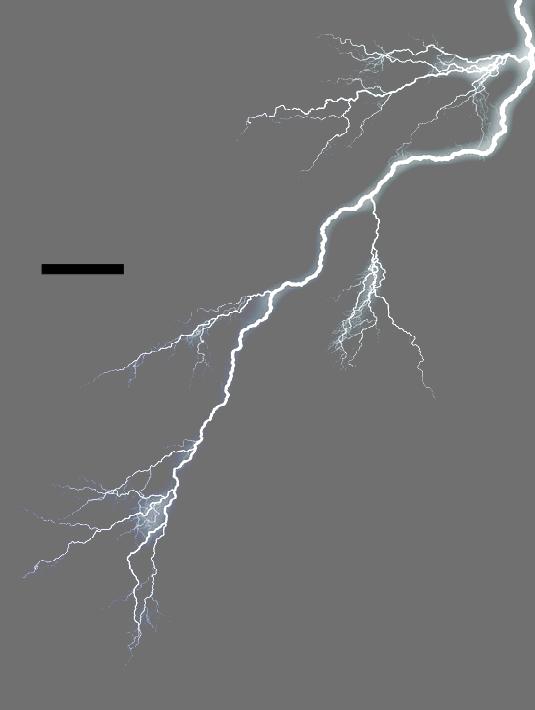




Conclusion
Based on our assumption that the power carried by lightning strikes has been successfully captured via a conducting tower, this power is transferred thermally into the heating elements. By substantially increasing the temperature of the heating elements, the thermal energy can be further distributed so that the thermal oils passing through the tubes are heated. These tubes are then passed through an innovative type of concrete (CSA) in order to transfer the energy and storing it by exploiting the properties of the CSA which above all include energy storage for later use. The tubes carrying the thermal oils extend at both sides of the concrete so that the energy contained in the oils is used to heat up the lower ‘hot’ plate of the thermionic generator. The temperature difference between these two plates is then used to produce a current to charge up the car batteries.
Our system would need to be 2% efficient to completely charge a car battery (see report, on home page, for details), 4% efficient to charge two, etc.; we believe that this low efficiency requirement make the functionality of our system relatively likely.
Further Developments
We have not considered the capture of lightning in this project. Were we to implement the system, this would obviously need to be taken into consideration, for example in the design of a lightning rod with which to capture the energy. In addition, a control system would need to be put in place that would disconnect the storage mechanism from the lightning rod after a strike has been captured, so as to protect the system against multiple lightning strikes occurring in quick succession, and to prevent wasteful heat dissipation via the lightning capture device.




